Which UNESCO World Heritage Sites Get the Most Visitors?
4 min readUNESCO World Heritage sites are well-known to many tourists.
Both great and small, these sites stand out for their impact on human heritage. If you’ve traveled to one before, then you’ve likely felt a sense of deep wonder and appreciation.
From sprawling forests to millennia-old structures to remote islands, almost anything can receive an official nod from UNESCO—so long as it means a lot to people and has for a while.
Today, there are a total of 1,199 World Heritage Sites recognized by UNESCO in a total of 168 countries. That number grows year by year as UNESCO looks into new suggestions. Along with preserving these sites, UNESCO also works to protect them from human control, negligence, or politicization.
Italy, unsurprisingly, has the most heritage sites for a total of 59. China is close behind with 57.
If you’re well-traveled, you’ve probably visited one before—whether or not you knew it at the time. In fact, it might have been one of the heritage sites listed below, which are the world’s most-visited UNESCO World Heritage Sites based on total visitors.
Let’s take a closer look at which landmarks get the most attention from visitors.
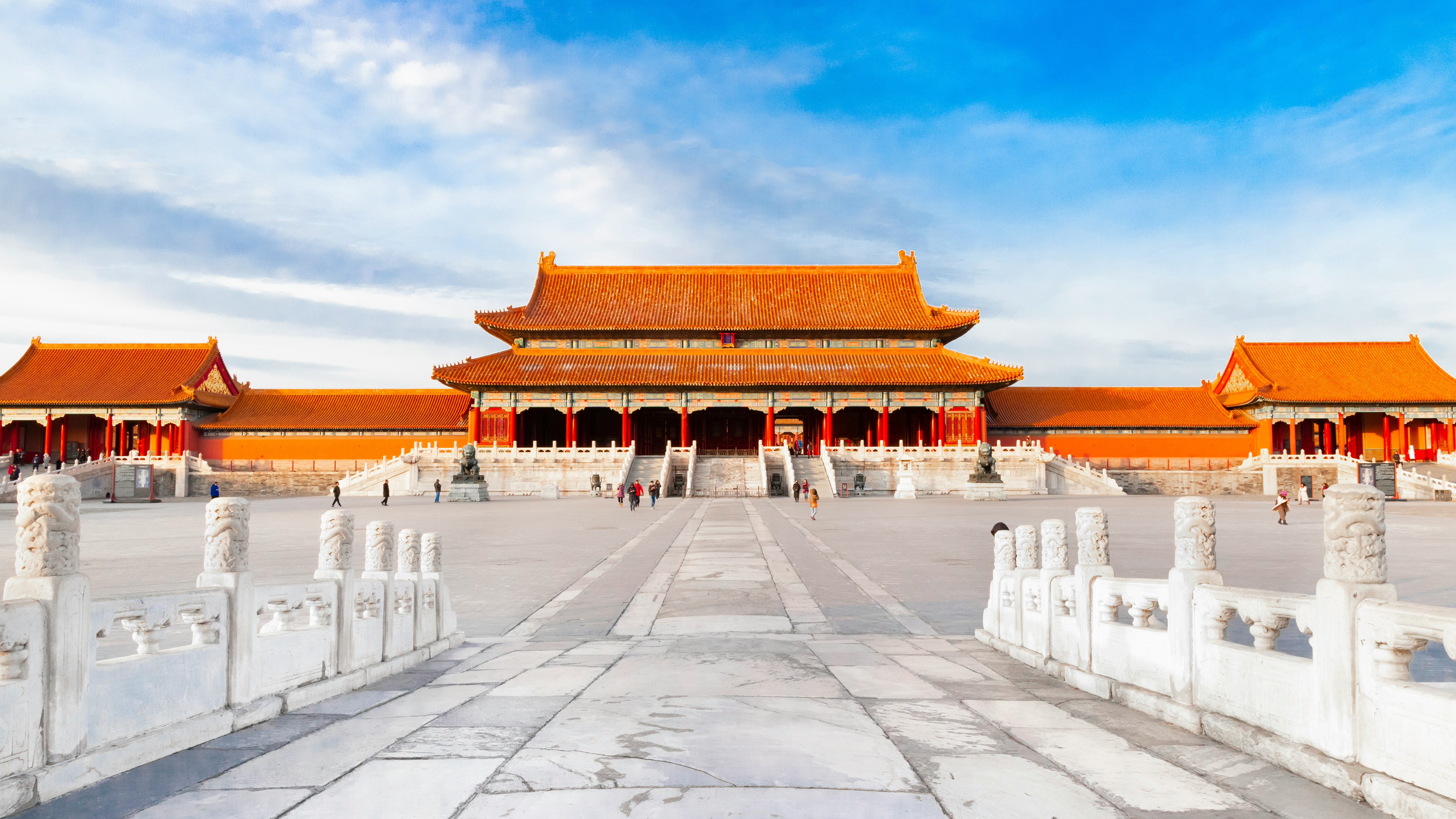
Forbidden City, Beijing
14 million annual visitors
For hundreds of years, China’s Forbidden City has played an important part in the country’s political landscape. It has served as the palatial home of emperors, of grand museums, and government bodies. It’s hosted hundreds of high-profile ceremonies.
Unsurprisingly, many Chinese see this as more than a UNESCO site. Culturally, the Forbidden City represents a link between their cultural past and ancestry to the modern day. I highly recommend checking it out if you go to Beijing.
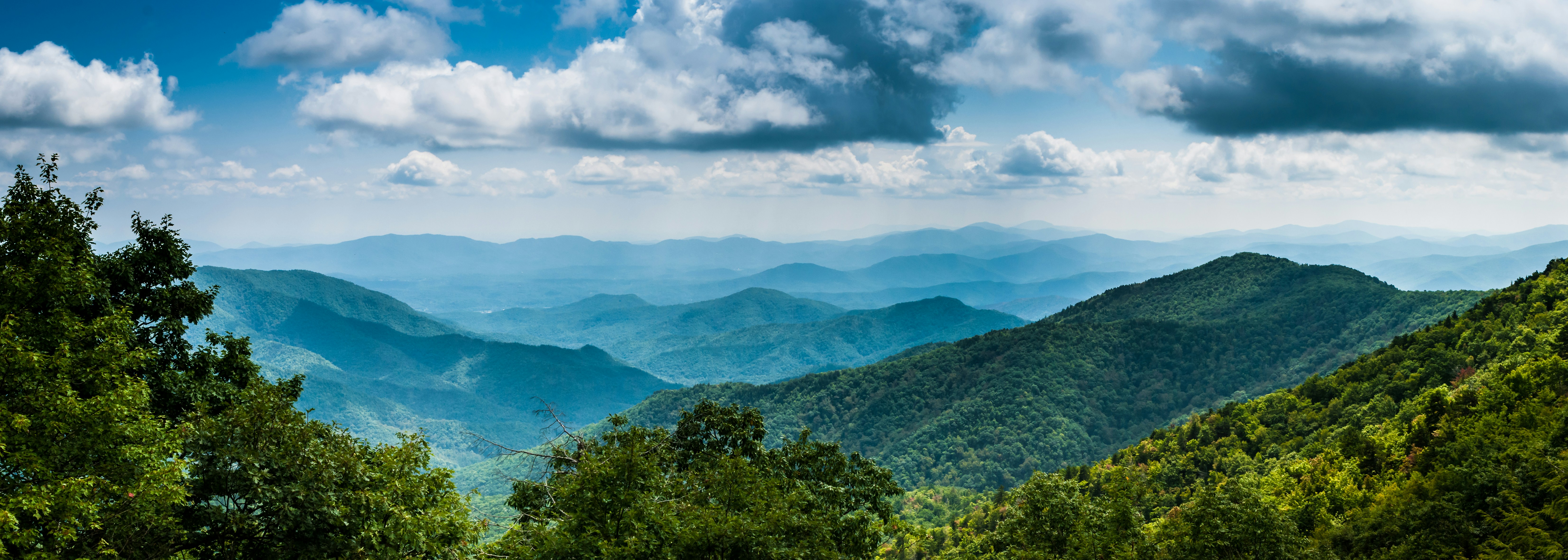
Smokies, Appalachia
11 million annual visitors
Who would have thought one of the most-visited UNESCO World Heritage Sites would be found in Appalachia? Definitely not me.
The Great Smokey Mountains stretch from Tennessee to North Carolina—and, true to the name, always seem layered in fog that stretches into the distance. But you probably know this range for its stunning old-growth forests, largest east of the Mississippi, and local flora.
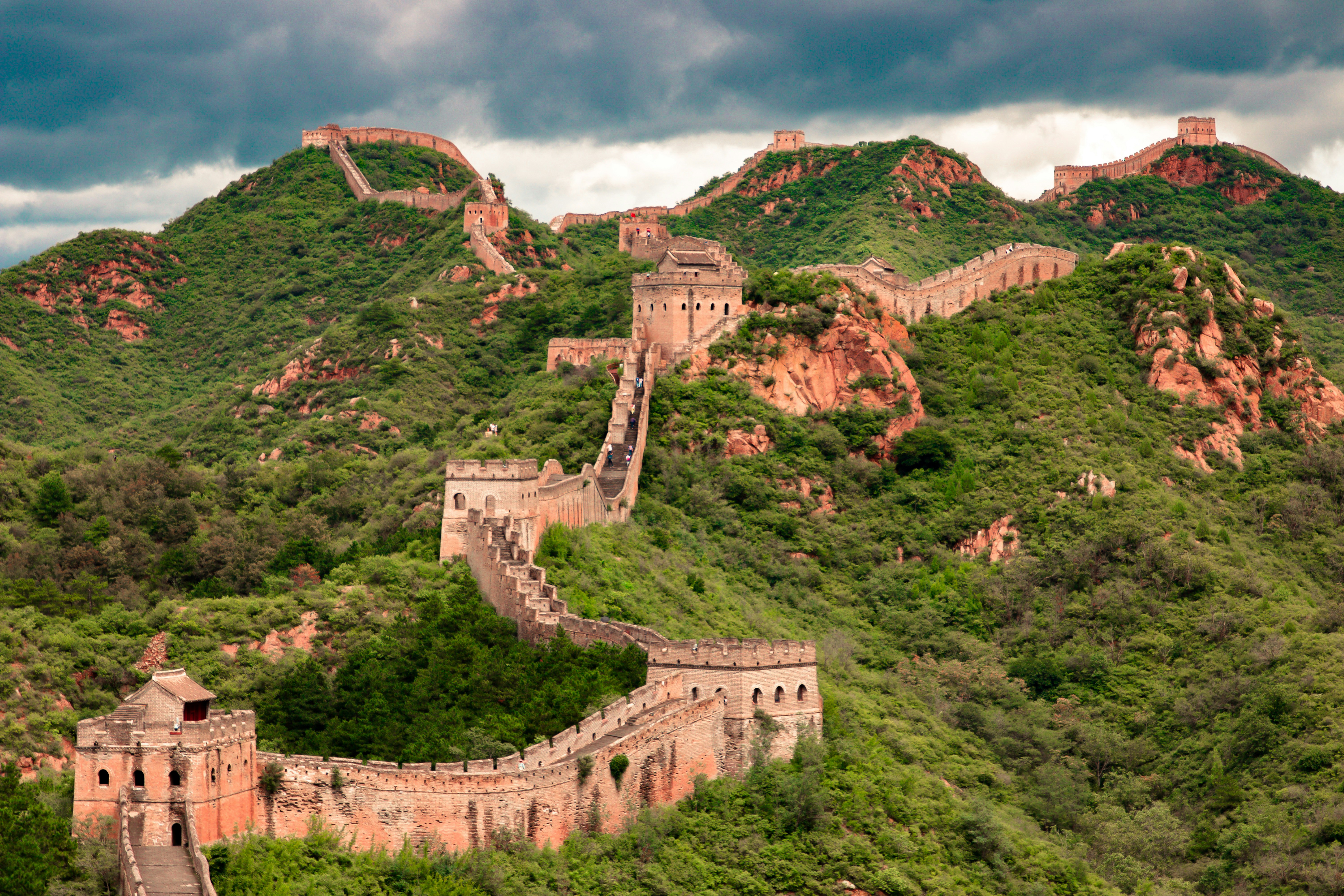
Great Wall of China
10 million annual visitors
I’m personally fascinated by the Great Wall of China. Not only does it stretch a lot farther than people think (13,000ish miles)—and include dozens of half-completed links—but it was also one of the world’s priciest constructions.
But why did various Chinese emperors bother trying to complete it?
One primary enemy was the Mongols—you’ve likely heard of one of their more problematic (or powerful?) leaders, Genghis Khan.
The wall was effective enough that Genghis turned his attention westward. Eventually, his ancestors made it all the way to Europe—where they tossed Black Plague-infested corpses over the walls of Caffa, Crimea…. which brought the first wave of black death to Europe.
Solid move on the wall, China.
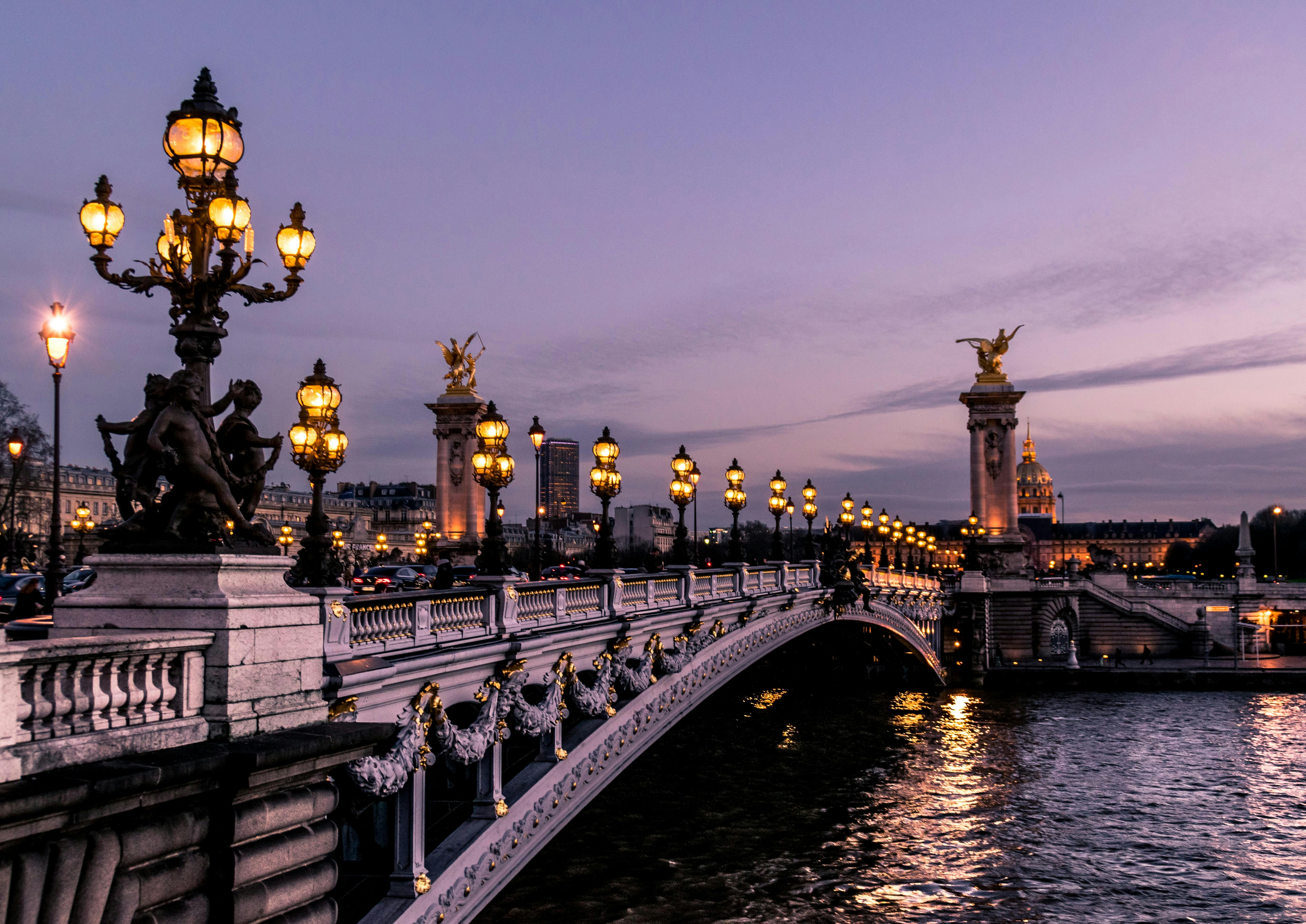
Paris, Banks of the Seine
30 million annual visitors
Did you know that one little stretch of Paris along the Seine was impactful enough to earn a nod from UNESCO? Me neither.
Apparently, this stretch showcases some of the greatest city planning from the 1800s and 1900s. It’s also home to some other UNESCO-caliber destinations, including The Louvre, the Eiffel Tower, and Notre Dame.
Though the data is hard to come by on this UNESCO site, it’s believed that around 30 million visitors knowingly or unknowingly enjoy the Banks of the Seine each year. That would make it the most-traveled UNESCO World Heritage Site in the world. But given it might be accidental, I’m not ranking Paris first.
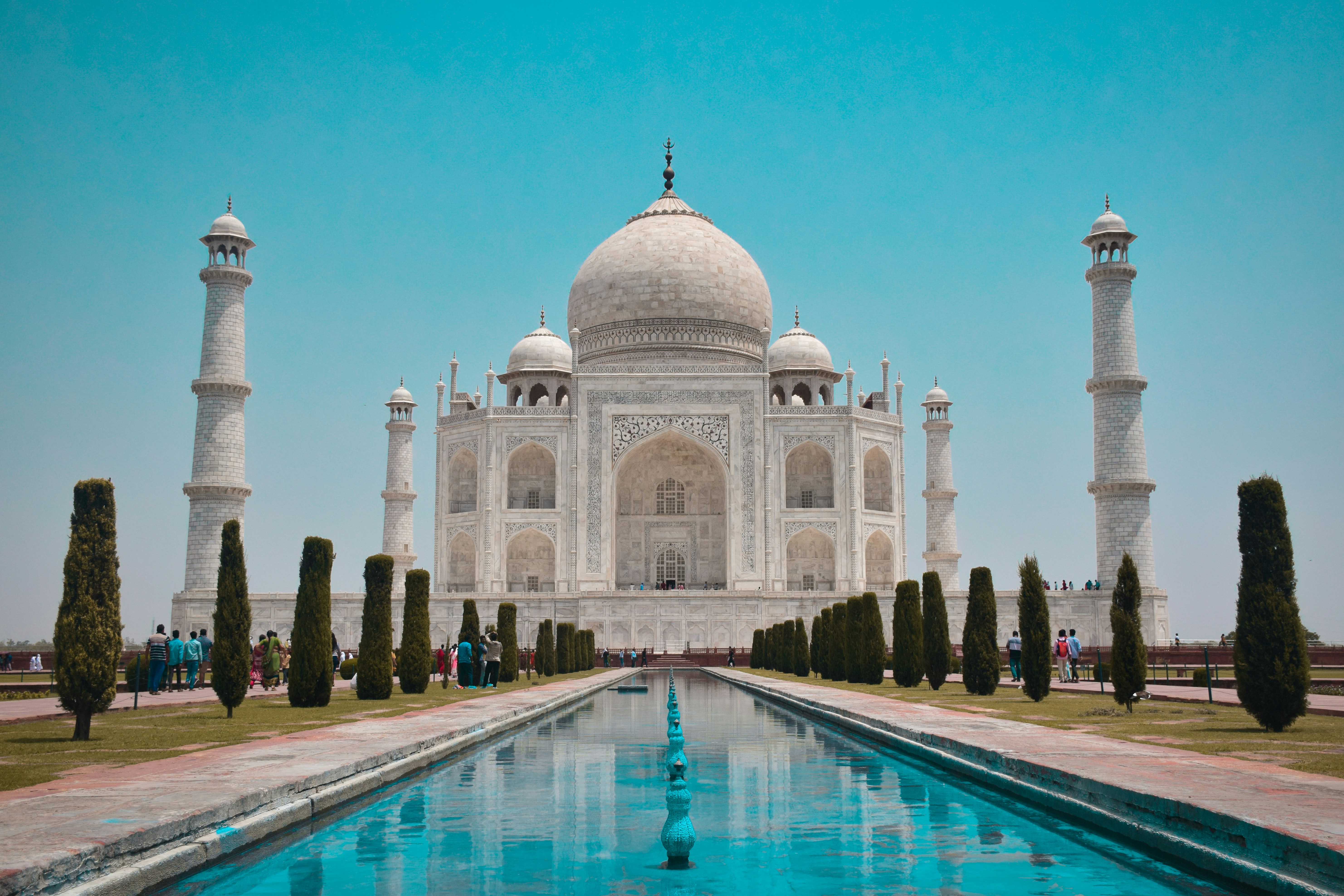
Taj Mahal
5 million annual visitors
This massive complex is a mausoleum to enshrine the tomb of Mumtaz Mahal—a beloved wife of a former Mughal emperor.
This fact has always touched me, as there are few burial shrines in the world that were born from a sense of love and devotion. Most are focused on spirituality, religion, or dynastic concerns.
Another reason the Taj Mahal stands out is for its beauty, architecture, and precious materials. The emperor spent the moder equivalent of around $77 million to complete the project. It’s got marble plating, red sandstones, and a slew of gems.
Shout out to Ustad Ahmad Lahori, the architect who brought this amazing vision to life all the way back in 1648.



